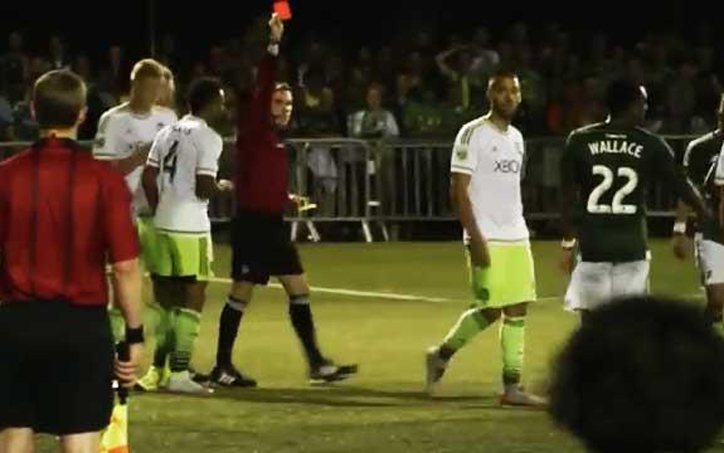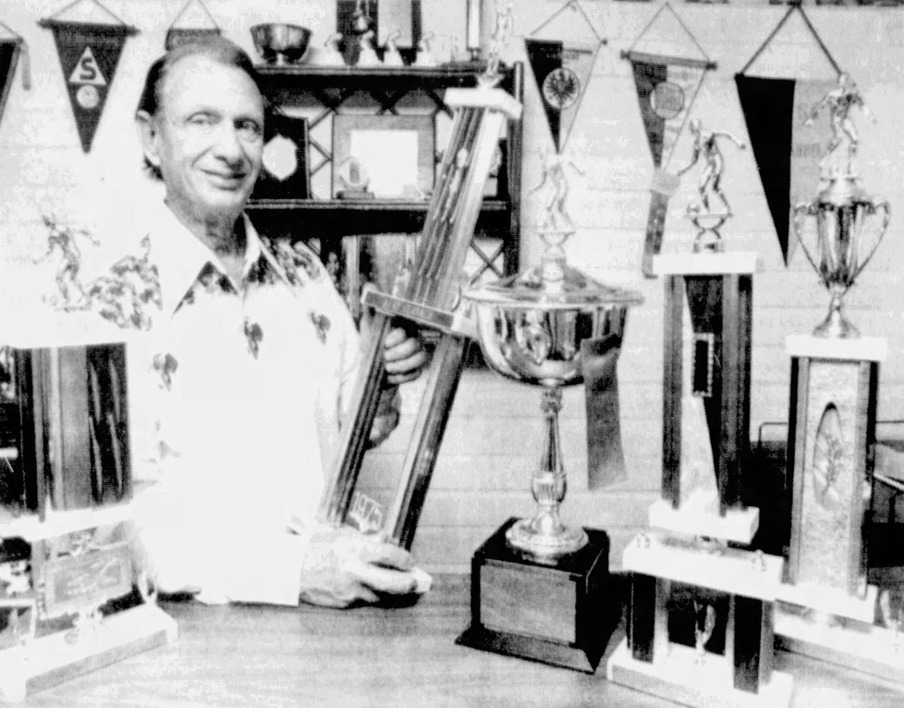With the current “GOAT” of world soccer, Lionel Messi set to grace the stage of the 2023 Lamar Hunt US Open Cup Final on Sept. 26, it’s not the first time a player of his stature crossed paths with the tournament’s championship game.
Feature Left - US Open Cup history
A history of violence against referees in US Open Cup
Unfortunately, in the long history of the US Open Cup, this was not the first time that there have been more then a few incidents where games were halted due to referee abuse.
How St. Petersburg Kickers became Florida’s first US Open Cup champion
The St. Petersburg Kickers began with Kurt Herbach recruiting pick-up games in the Port of Tampa in the 1950s, and by 1989, they became the first Florida team to win the US Open Cup.
Vasco De Gama’s journey from Connecticut to 1978 US Open Cup Final as Pele’s opening act at Giants Stadium
The National Challenge Cup lived a separate existence from the glitz and glamour of the country’s top domestic league, the NASL, but the two did briefly cross paths on July 30, 1978.



